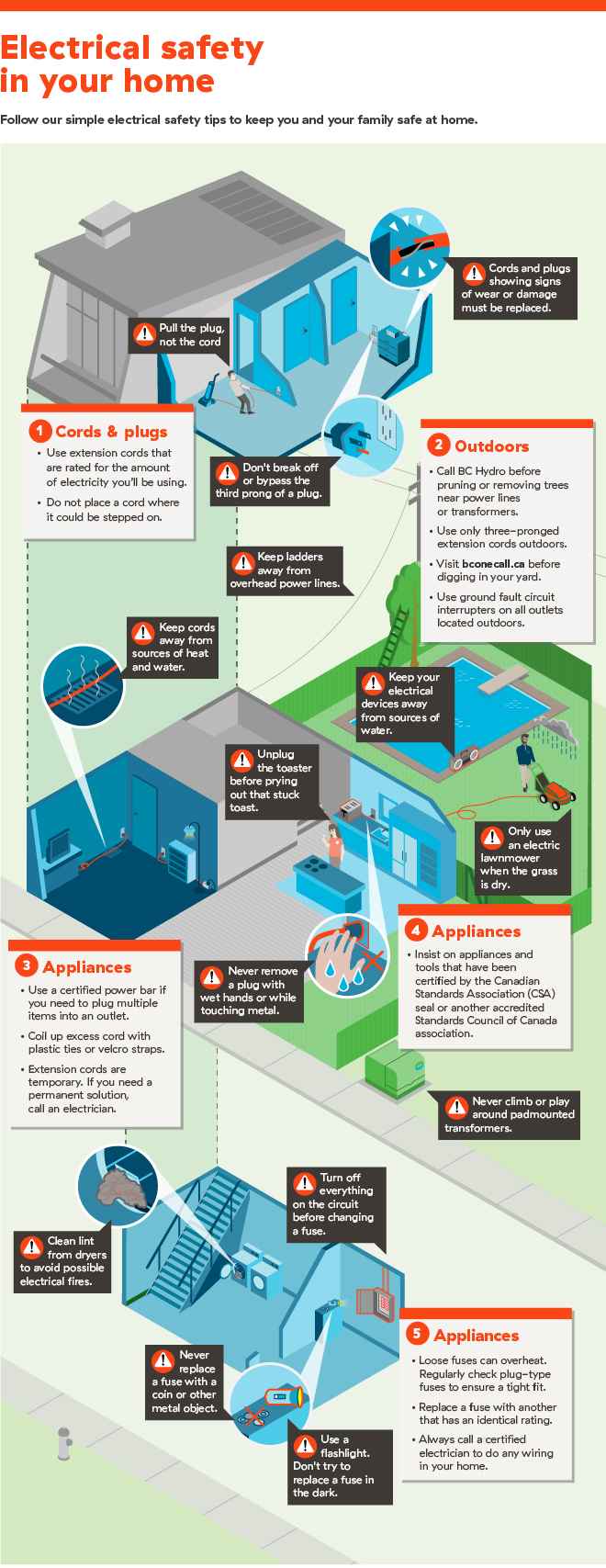Ideas That Suggest Tree Removal: Just How To Area Hazardous Trees
Ideas That Suggest Tree Removal: Just How To Area Hazardous Trees
Blog Article
Write-Up Author-McDonald Aagaard
When it pertains to tree treatment, acknowledging the signs that it's time for elimination is essential for your safety and security and building. You might discover tarnished fallen leaves, wilting branches, or strange fungal developments suggesting illness. Architectural concerns, like a substantial lean or splits in the trunk, can also present risks. Comprehending these warning signs can help you make informed decisions about your trees and prevent possible threats prowling in your lawn. What should you search for next?
Indicators of Decay and Disease
When you discover indications of degeneration and disease in your trees, it's essential to act swiftly. Seek stained leaves, wilting branches, or uncommon developments like fungi. These can indicate that your tree is struggling.
If you see splits in the bark or soft, mushy timber, these signs suggest internal decay. Furthermore, a sudden rise in parasites around your tree can signify that it's compromised and at risk.
Check for any type of dead or passing away arm or legs, as they present a threat to your building and safety and security. If you doubt concerning what you see, consulting an arborist can give clearness.
Attending to these signs early can save you from extra extensive damage and make sure the wellness of your backyard. Don't wait till it's too late.
Structural Instability and Leaning
As you observe your trees, keep an eye out for any indicators of architectural instability or leaning. If a tree leans dramatically, it may indicate that the origin system is endangered.
Try to find any splits in the trunk or dirt around the base; these can indicate prospective failure. In addition, check for uncommon growth patterns, like an uneven crown, which might suggest that the tree is having a hard time to hold itself upright.
If you see that the tree favors your home, high-voltage line, or other frameworks, it postures a greater danger. Don't neglect these indicators-- seek advice from an arborist to examine the situation.
Acting early can protect against costly damage and ensure your safety.
Dead or Dying Branches and Vegetation
If you discover dead or passing away branches and vegetation on your tree, it's a clear indicator that something's incorrect.
https://jaidensnhcw.qodsblog.com/35296131/guarantee-your-exterior-area-remains-both-risk-free-and-attractive-by-complying-with-essential-tree-particles-removal-suggestions-uncover-the-benefits-that-every-home-owner-should-know can show underlying concerns like disease, parasite infestations, or ecological stress. When branches shed their leaves or turn brownish, they're no more adding to the tree's health. Ignoring these signs might result in additional decline, making your tree a lot more dangerous.
Dead branches can conveniently break short during tornados, presenting a threat to residential or commercial property and people close by. It's important to evaluate the extent of the damages.
If the trouble impacts a significant part of the tree, take into consideration speaking with a specialist. They can assist establish if removal is required to make sure security and preserve the beauty of your landscape.
Final thought
If you observe any kind of indications of decay, structural instability, or dead branches on your trees, do not disregard them. https://www.verdenews.com/news/2020/oct/02/village-rotary-club-needs-volunteers-sponsorships-/ can present severe security dangers to you and your home. It's always best to consult a professional arborist who can offer a specialist analysis of your trees. Doing something about it early can avoid mishaps and costly damages, guaranteeing your landscape continues to be risk-free and healthy and balanced. Keep in mind, it's far better to be aggressive about tree treatment than to wait for a catastrophe to occur.
